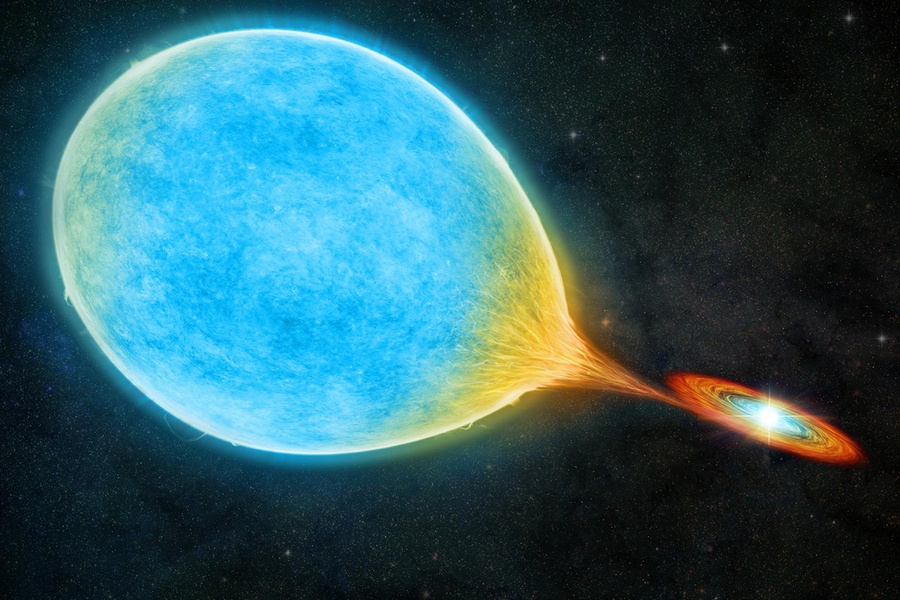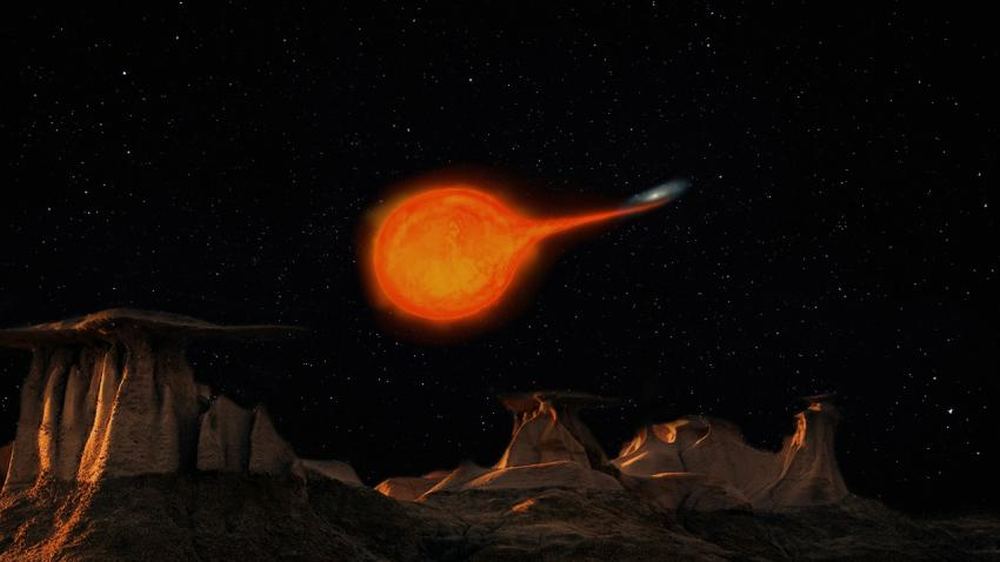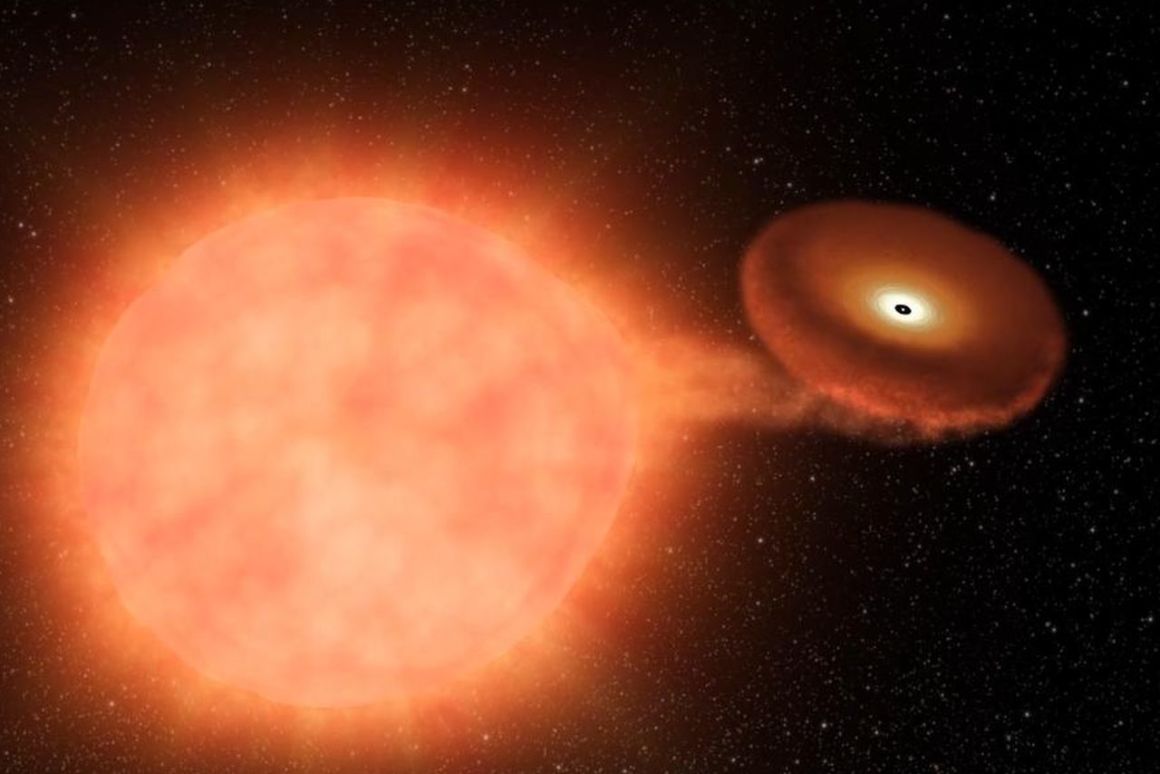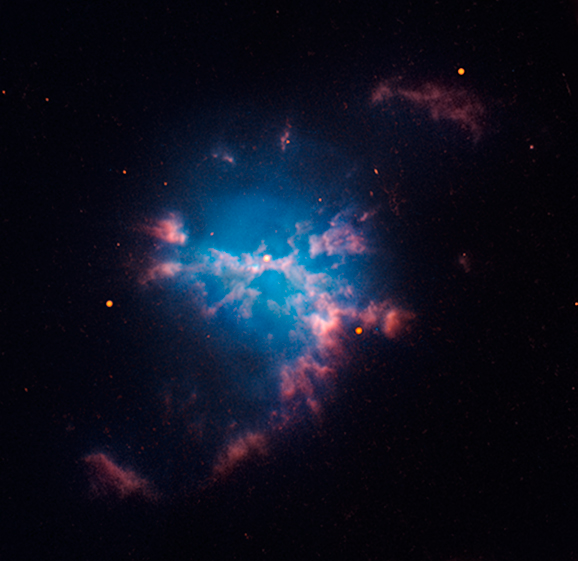We don’t have to worry too much about our Sun. It can burn our skin, and it can emit potent doses of charged material—called Solar storms—that can damage electrical systems. But the Sun is alone up there, making things simpler and more predictable.
Other stars are locked in relationships with one another as binary pairs. A new study found a binary pair of stars that are so close to each other they orbit every 51 minutes, the shortest orbit ever seen in a binary system. Their proximity to one another spells trouble.
Continue reading “Two Stars Orbiting Each Other Every 51 Minutes. This Can’t End Well”



